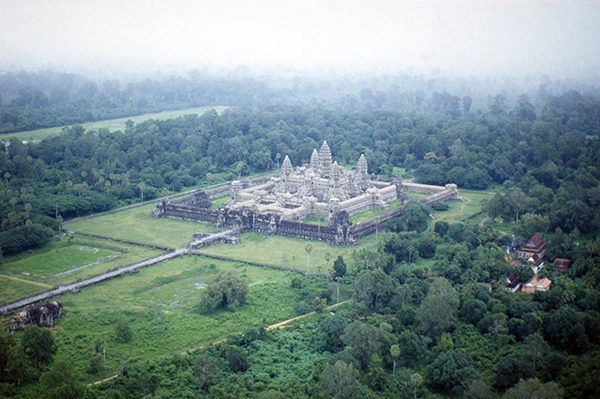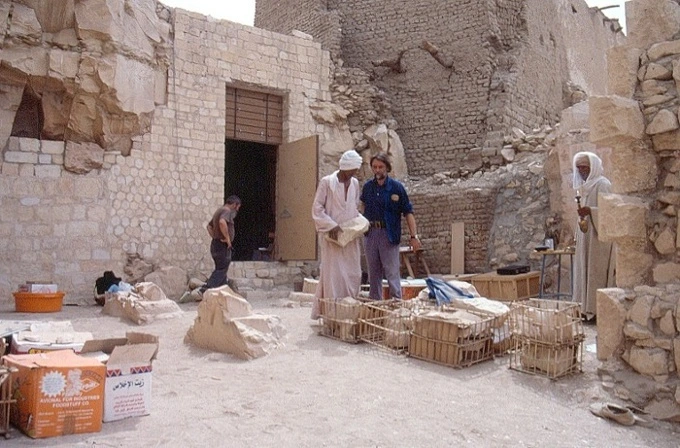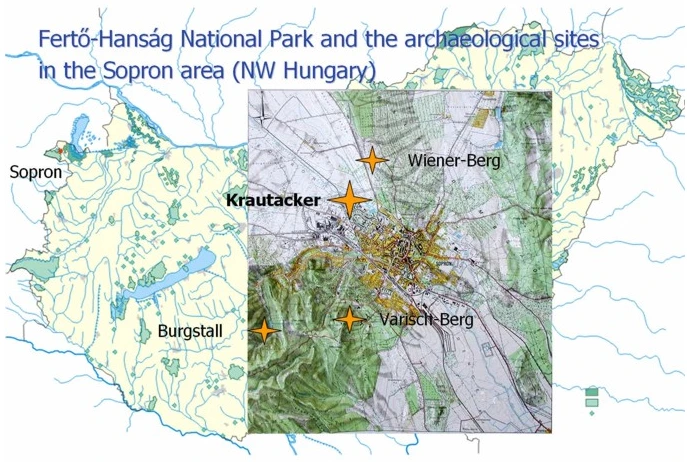ZEMP in Angkor
The effective protection of monuments inscribed on the World Heritage List is a subtle problem worldwide. These structures represent the integral part, as well, of the social-economical environment of the mankind living today. Therefore the protection and management generate a number of issues being connected a very complex way with each other in the area of archaeology, architecture, hydrology, business activities, tourism, region development and the law.
Read more

